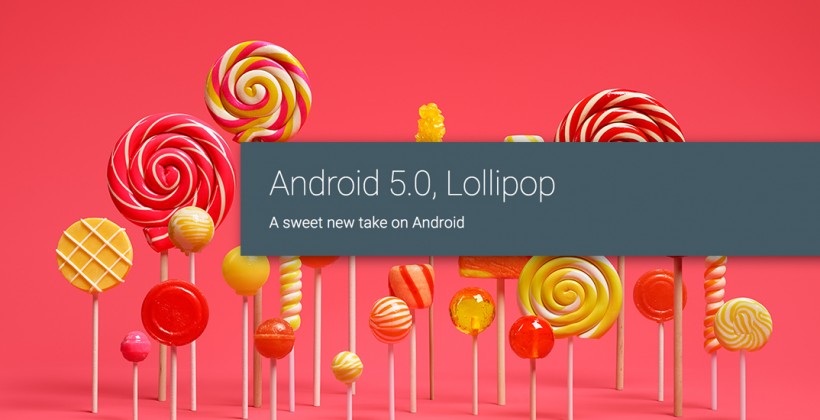Every year India’s smart phone sees a growth of 12%,, with 24.4 million units shipping in Q1 2016. However the top five vendors Micromax, Intex, Lenovo and Lava have maintained their lead in the market. Due to Lenovo’s value-for-money handsets and offline channel strategy, it grew the most. On Q1 2015 its shipments were up 63%. As the market shifted toward low-cost and value-for-money handsets the well established international brands Microsoft, BlackBerry, Sony and LG experienced big loss. India’s smartphone market has seen dramatic changes over the past 18 months. A big impact is seen due to the move to LTE the arrival of new international vendors particularly from China and the desire for higher-quality devices. Research analyst, Ishan Dutt says that Indian companies have struggled as incoming vendors have been quicker to address to these trends than them.
![]()
Micromax has faced tough time due to key executives leaving. The company is aiming to restore its strategy to incorporate an ecosystem of services around payments and content. Their market share fell by a couple of percentage points to 16.7% in Q1 2016. Many vendors are trying to move up in the market share rankings. Apple, who holds the eighth place is climbing up in India. With their shipments increasing by 56% they become the second fastest-growing vendor in the top 10.

Canalys mobility analyst Wilmer Ang says Apple is outperforming the overall market in India, and still has great growth potential. They are challenging Samsung’s dominance of the premium segment. There is a rise in their market from 11% to 29%. For devices priced over INR 20,000, Samsung’s market share fell from 66% in Q1 2015 to 41% in Q1 2016. Despite its smaller screen and outdated hardware, their despite its smaller screen and outdated hardware successive price cuts to the iPhone 5s made it the most popular Apple device in the market. Though Apple’s growth run could be short says Ang.


